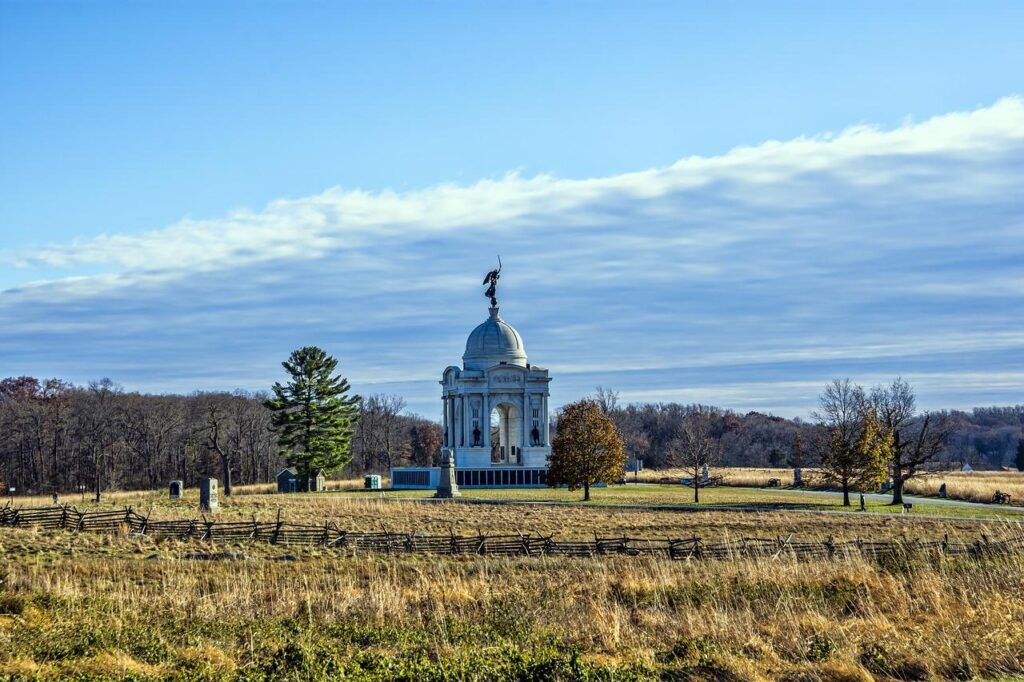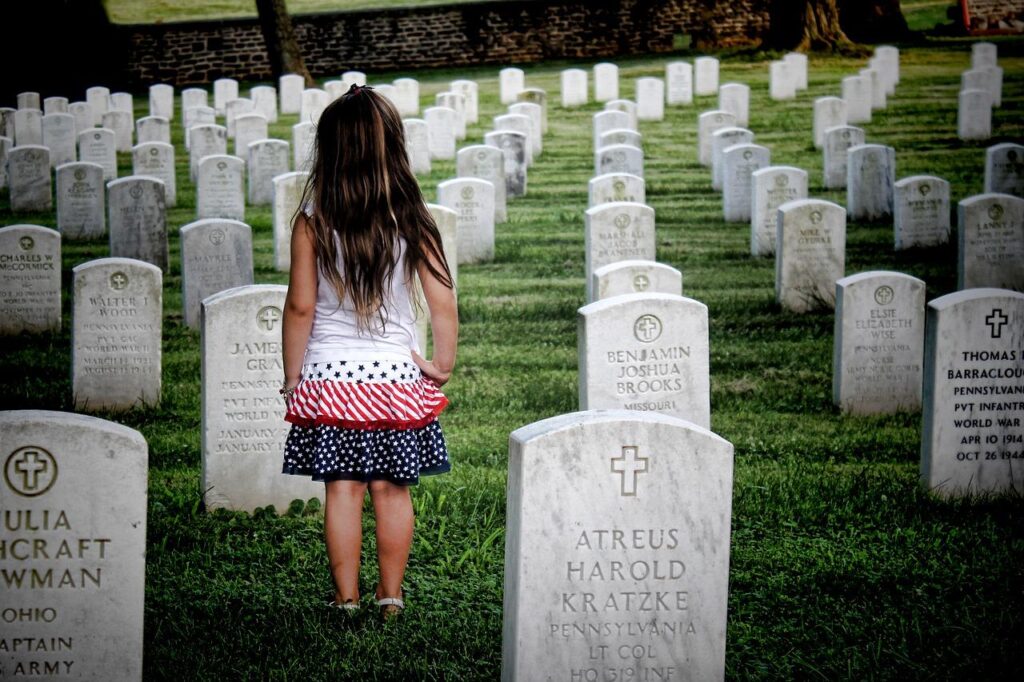
It’s impossible to dispute the fact that the Battle of Gettysburg remains one of the most significant events in American history — even now, more than 150 years after it took place. Visiting the battleground where this bloody event took place is absolutely the best way of familiarizing yourself with this crucial point in the story of the US. But before you go, it can be useful to get some grounding in exactly what the Battle of Gettysburg was and how it impacted American history.
Read on for a quick primer — and, once you’re well-versed in the events surrounding the battle, why not head over to our Battle of Gettysburg Tour page to organize a trip to this fascinating place?
What Caused the Battle of Gettysburg?
When the Battle of Gettysburg took place, between June 1 and 3, 1863, the American Civil War had already been raging for two years. Emboldened by the Confederacy’s triumph in the Battle of Chancellorsville in Virginia just under a month before, General Robert E. Lee (commander of the Confederate States Army) decided to march his troops up into Union territory in Pennsylvania. Lee’s intention was to raise the stakes for politicians in the North, hopefully bringing the war to a close. He also wanted to divert the war away from Virginia, which had been the focus of much of the fighting.
However, Lee hadn’t banked on the Union forces already being present in the town of Gettysburg when the Confederates arrived there. The result was an unanticipated clash between the two armies. The battle could have ended more quickly than it did, but was dragged out over three days as Lee tried to use the opportunity to seriously damage Union forces, while the Union kept replenishing its forces, with more and more soldiers arriving over time.
The battle would become one of the bloodiest events in American history, with the final number of dead and wounded exceeding 50,000.
Who Won the Battle of Gettysburg and Why Was It Significant?

At the end of the battle, the Confederate forces were forced to concede defeat, retreating back through Maryland and into Virginia. The Civil War wouldn’t end for nearly two more years, but the outcome of the Battle of Gettysburg is generally considered the major turning point in the war, nonetheless. Apart from the huge number of casualties, the reason it was so significant is that if things had gone the other way, the Confederate forces would have likely been able to invade and perhaps even capture Washington DC, winning the war. This would have massively changed the course of history, with the Southern secession attempt succeeding instead of failing. And most importantly of all, it would certainly have prolonged slavery.
How Did the Battle of Gettysburg Affect The South?
The Battle of Gettysburg hugely reduced the chances that the Confederacy could win the American Civil War. It was such a crushing defeat that it was hugely demoralizing for the Confederate troops. And, even more crucially, the battle had involved so many casualties for Lee’s forces that there simply weren’t enough men any more for a future invasion of the North to be viable. This meant that the best chance of victory for the South lay in the Union forces surrendering; but, as we now know, that didn’t happen.
How Did the Battle of Gettysburg Impact the North?
From the Battle of Gettysburg onwards, the Union forces experienced a rapid turnaround in their fortunes. They too had suffered heavy losses in the battle, with over 23,000 men dead, missing or seriously wounded, compared to over 28,000 on the Confederate side. However, they had still won — and this was their only seriously significant victory in the war to date. This winning streak continued, chipping away at the Confederate forces, until Robert E. Lee finally surrendered on April 9, 1865, bringing the war to a close.
Where Is the Battle of Gettysburg Memorial?

The Battle of Gettysburg National Military Park is the major site commemorating the battle, and it’s located in — you guessed in — Gettysburg. The park takes in most of the battleground as well as the Gettysburg National Cemetery, where many of the fallen soldiers from both sides are buried. It also includes the Gettysburg Museum and Visitor Center, where you can learn about the battle and the American Civil War in more detail.
It’s easy to visit Gettysburg National Military Park on a day trip from Washington DC – just visit our Battle of Gettysburg Tour page to find out more. Or to find out about the other activities we offer in and around the US capital, check out our full range of Washington DC tours.